Expert perspectives on oil and gas
pipeline matters, trends, and best practices.
As the go-to engineering partner for pipeline operators in the Midwest, HT Engineering is committed to sharing our latest thinking about innovations, regulatory changes, and other critical issues impacting the ways in which pipelines are designed, constructed, operated and maintained. Get access to our views and ideas here.
Refine Results
Better, Together: Integrated Groups for Holistic Pipeline Management Services
In 2023, ADV Integrity acquired another leading player in the industry: HT Engineering. This acquisition resulted in ADV forming four […]
Read the Article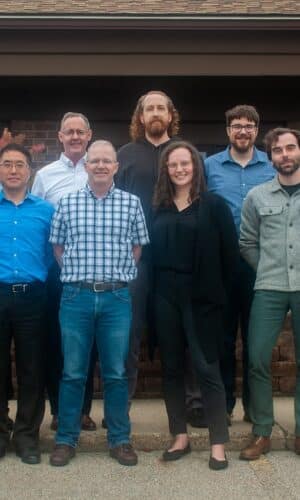
What Quantitative Risk Management Means for Pipeline Integrity Management
To improve the safety of the public, the environment, and pipeline assets, PHMSA has strongly encouraged pipeline operators to move […]
Read the Article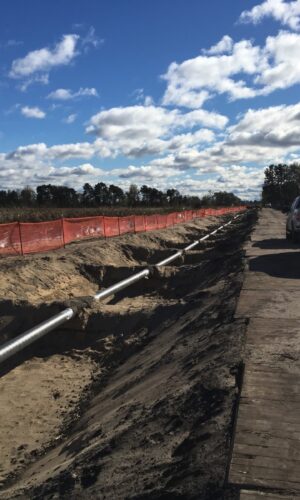
Reducing risk with emergency flow restriction devices
In many rural communities across the country, there are people who toil away in quite ordinary occupations – furniture salespeople, mechanics, insurance agents and others. But when needed, like mild-mannered Clark Kent becoming Superman, they jump into an entirely different role as volunteer firefighters, search and rescue team members, or First Aid workers. When the crisis is met, they return to their usual daily routine.
Read the Article
Getting RNG from dairy farming to market
Pipeline expertise is helping to solve one of the most important aspects of reducing carbon in the atmosphere – carbon emissions from agriculture. Widely accepted figures show that food production is responsible for a quarter of global greenhouse gas emissions, and of that portion, 31 percent comes from livestock and fish farming.
Read the Article
Right Sizing Integrity Digs with Desktop and Field Validation
“There’s no way that pipeline segment requires 60 digs,” we thought as we reviewed an ILI tool vendor’s final report. Our team at HT Engineering had worked on that line over the course of multiple integrity cycles and were very familiar with it. We had a pretty good idea of what to expect from an Ultrasonic Crack Detection (UTCD) tool on this pipeline, but this wasn’t it.
Read the Article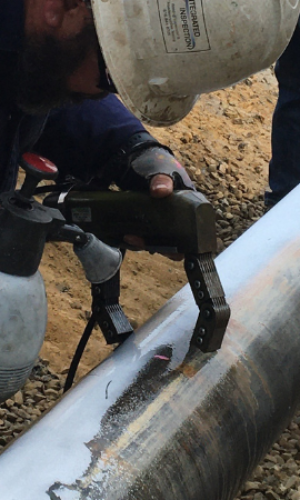
PPIM 2023 Learnings
A delegation from HT Engineering’s team attended the Pipeline Pigging and Integrity Management (PPIM) conference in Houston on February 6-10. […]
Read the Article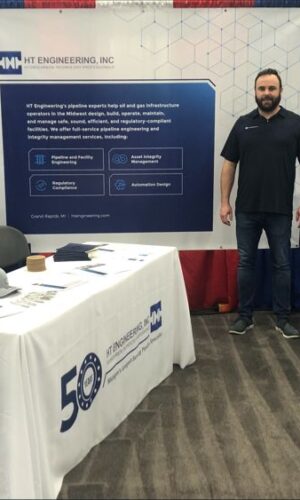
Assessing the integrity of nitrogen-filled pipelines with ILI tool runs
Assessing the integrity of idled lines can present unexpected challenges – particularly when it comes to running inline inspection (ILI) tools through the nitrogen that is used to monitor idle lines for leaks and as a blanket to protect them from corrosion.
Read the Article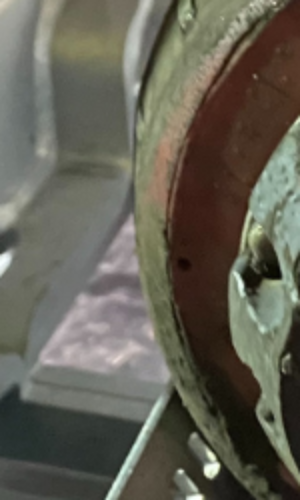
How root cause analysis helps prevent future problems
It was a relatively straightforward redesign of some piping to improve the functionality of a metering and pig launching station. The project included designing a pressure equalization runaround – a one-inch line to divert product around a 16-inch valve to allow refilling of the pig trap. We developed the design to meet regulatory requirements, client standards and operations preferences, and provided the drawings to the client’s construction team. We supported the client during construction, helping to resolve a couple of issues and answering several questions along the way. But the runaround posed no problems.
Read the Article
Building a successful integrity team
Working across multiple companies, disciplines, and personality types can be a challenge. However, by focusing on clear and consistent communication, actively inviting feedback, building relationships, and documenting team knowledge as outlined above, you can build a high performing team that is up to the challenge – and most of the time, enjoys facing the challenge together.
Read the Article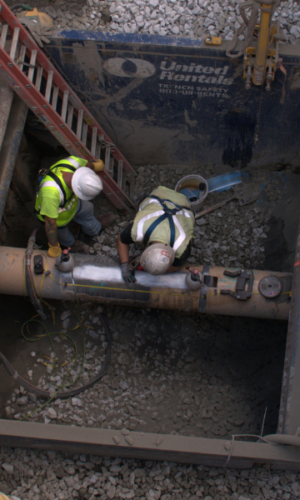
Five Key Ways to Protect Yourself from Pipeline Surge
Surge is a potential issue in liquid pipeline operation. It’s relatively rare in a line that’s operating normally, but as we’ll see, there can be serious consequences when it does happen. Fortunately, there are steps that pipeline operators can take to prevent surge from happening, to reduce the magnitude of the surges and to minimize risks and damage from surges.
Read the Article
